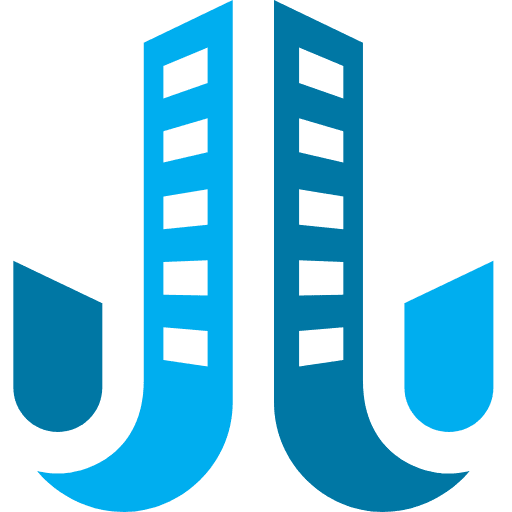By streamlining financial processes, enhancing project cost control, improving project delivery efficiency, accurately recognizing revenue, and drawing valid conclusions from data, you can take your construction business to new heights. These strategies have been proven to work and can make a significant impact on your bottom line. So, let’s explore these opportunities together over this 3-part blog series and drive your profit margins to new heights.
Table of Contents:
1. Streamlined Financial Processes
2. Enhanced Project Cost Control
3. Improved Project Delivery Efficiency
4. Accurate Revenue Recognition
5. Data-Driven Insights and Analytics
6. Conclusion
1. Streamlined Financial Processes

2. Enhanced Project Cost Control

3. Improved Project Delivery Efficiency

4. Accurate Revenue Recognition

5. Data-Driven Insights and Analytics

Conclusion
For more than 20 years, Morpheus’s integration platform has enabled clients to access the most timely and accurate data for better decision-making. Check out how we can help increase your margins and request a demo of our platform.




















